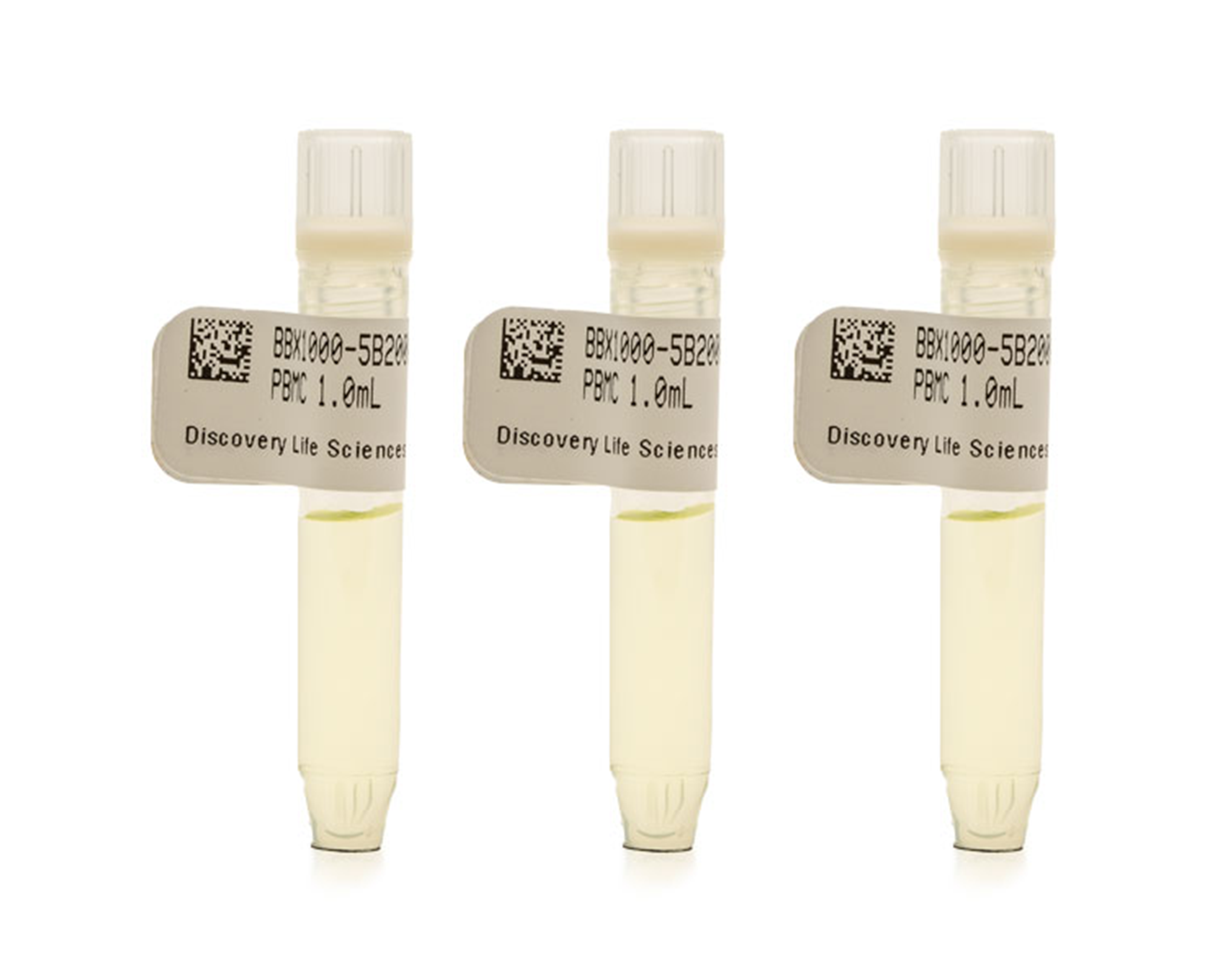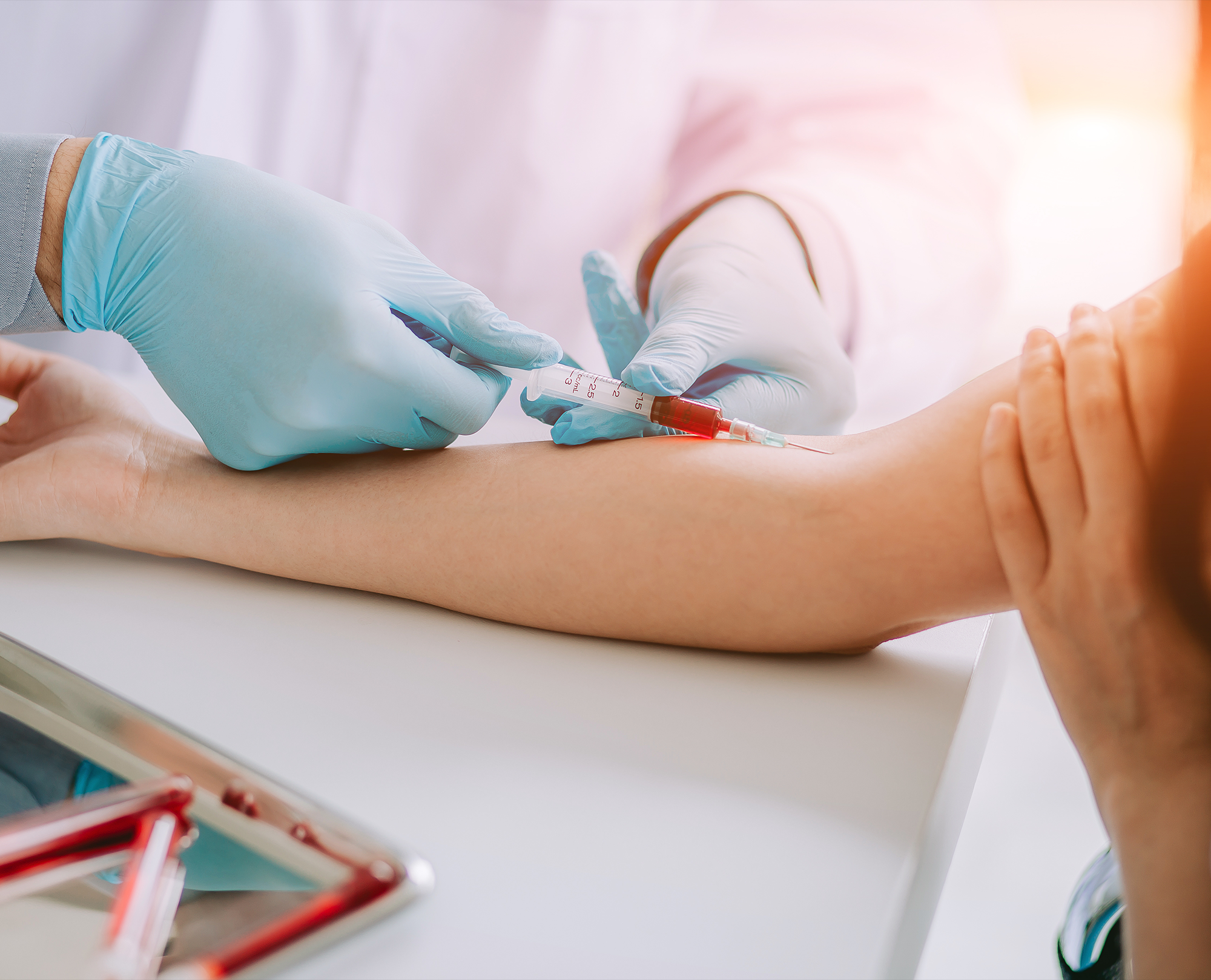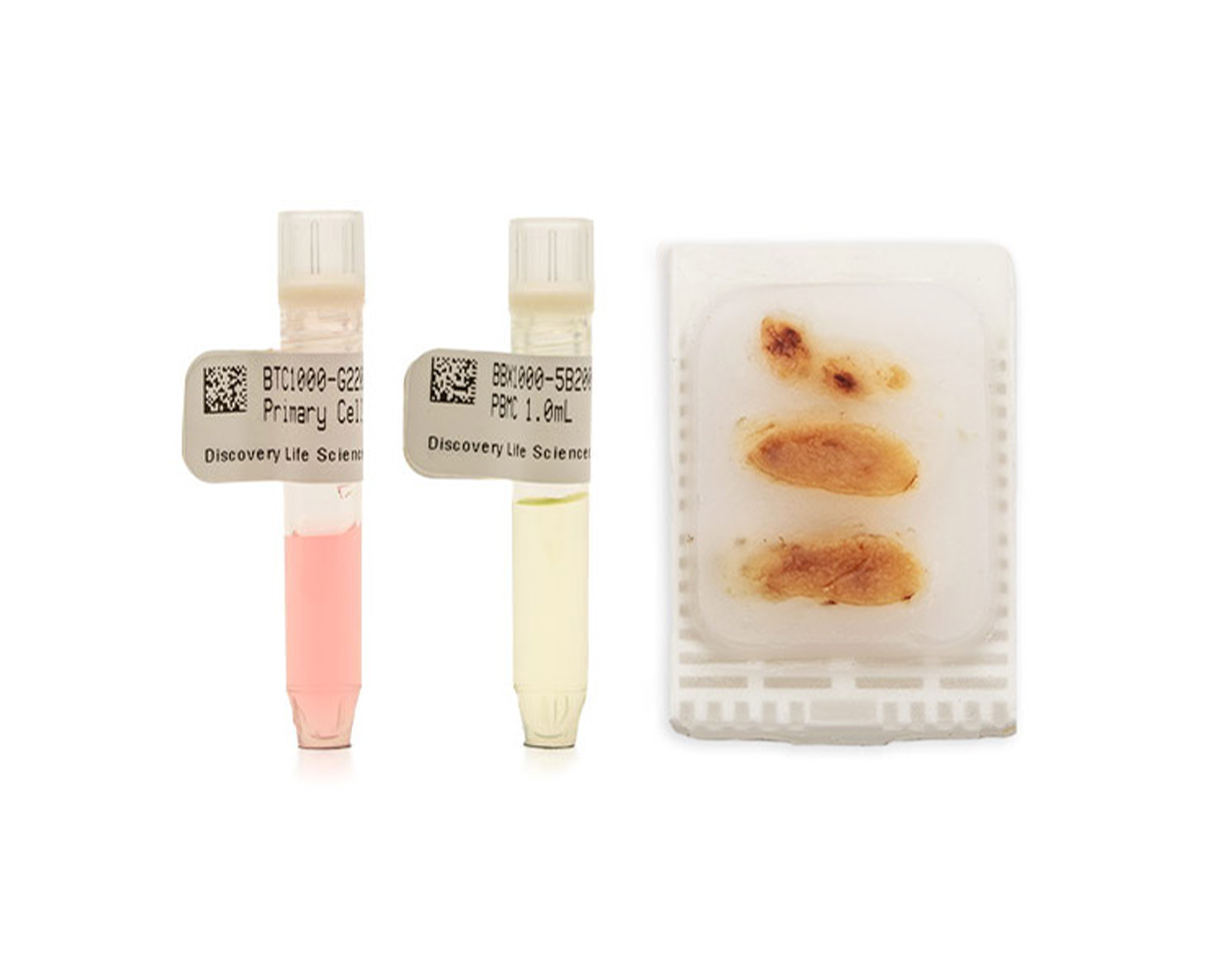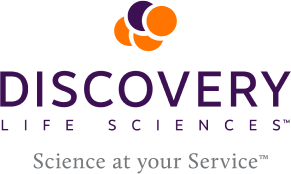I/O Summit Europe 2024
Hilton London Canary Wharf S Quay Square, Marsh Wall, London, United KingdomJoin Discovery Life Sciences at I/O Summit Europe 2024 April 23-25, 2024 | Hilton London Canary Wharf, London, England
Fast, Scalable, and Reliable PBMC sourcing


Through our proprietary healthy donor network and collection clinic, Discovery can support large projects that require:

Checkpoint inhibitor therapy utilization and PD1/PDL1 expression across a global clinical network. White Papers
A quick reference resource for scientists who need to isolate, manipulate, or develop assays involving human mononuclear cells. E-Books
Standard process for thawing viable cell products. Protocols
You can find our PBMCs Protocols by clicking here.
We also have the ability to follow our clients’ custom processing protocols and help them develop new processing protocols based on their needs.
Our standard collection tube for PBMCs is a Sodium Heparin Tube; however, prospective collections can utilize any commercially available blood collection tube.
We recommend shipping PBMCs on dry ice or, if possible, in liquid nitrogen. PBMCs should be stored in liquid nitrogen immediately upon receipt
Red blood cell lysis is not performed.
At Discovery Life Sciences, peripheral blood mononuclear cells (PBMCs) notates cells isolated from whole blood, while mononuclear cells (MNCs) represent cells isolated from apheresis material. During the apheresis process, granulocytes, red blood cells, and platelets are reduced in the specimen, and are further removed during the processing. Therefore, MNCs will have drastically reduced levels of platelets compared to whole blood PBMCs.
Inventory PBMCs are collected using sodium heparin as the anticoagulant. Alternative anticoagulants, such as EDTA and sodium citrate, are available upon request.
Diseased PBMC and BMMC samples are occasionally collected at a different date from the initial sample utilized to establish blast percentages. Therefore, DLS is unable to guarantee blast percentages in diseased samples. However, for AML and multiple myeloma BMMCs, DLS performs flow cytometry following cryopreservation to characterize blast percentages, and these results are available to aid in sample selection.
Following at least 24 hours in liquid nitrogen, one vial is removed from storage and quickly thawed in a 37°C water bath until only a small frozen crystal remains. Vials are transferred into a biosafety cabinet and diluted with an appropriate volume of DMEM/F12 + 10% FBS in a 15ml conical tube to ensure linearity with the Nexcelom Cellometer. 20µl of the cell suspension is mixed with 20µl of acridine orange/propidium iodide and counted on the Nexcelom Cellometer to determine cell counts and viability. All cell counts are performed prior to any pelleting and washing of the samples. These counts are estimations of the total live cell yield.
PBMCs are shipped on dry ice. Upon receipt, they should be used immediately or placed in liquid nitrogen vapor phase for long term storage.
While our biospecimens are highly characterized, we also provide streamlined multi-omic analyses to further characterize biospecimens from our inventory or from your studies via our global CLIA/CAP service laboratories.*
*Not all service laboratories have CLIA certification or CAP accreditation. Inquire to learn more.

Join Discovery Life Sciences at I/O Summit Europe 2024 April 23-25, 2024 | Hilton London Canary Wharf, London, England
Join Discovery Life Sciences in Booth #11 at CB & CDx London 2024 April 24-25, 2024 | Millennium Gloucester Hotel London Kensington, London, England
Join Discovery Life Sciences at Cyto Conference 2024 May 4-8, 2024 | Edinburgh International Convention Center, Edinburgh, Scotland
Copyright © 2024 Discovery Life Sciences. All rights reserved.
Designed & Developed by Altitude Marketing